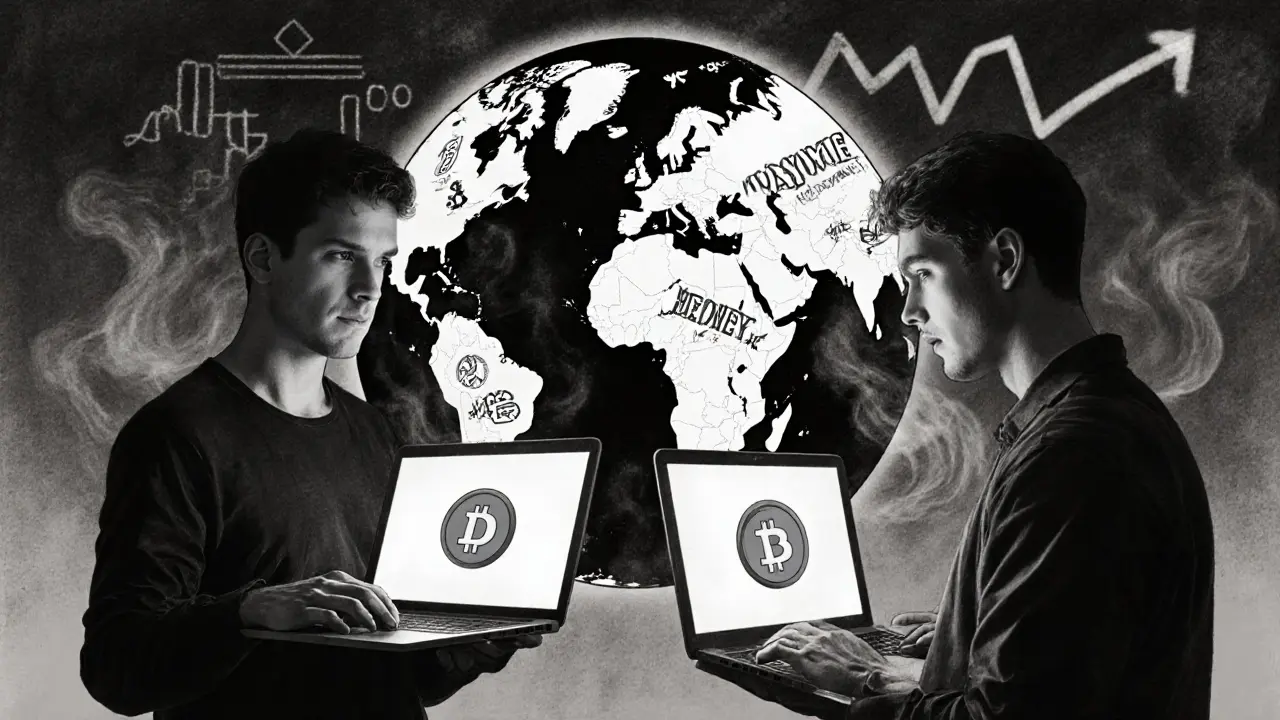Dogecoin started as a joke in 2013 but became the first successful memecoin, proving that community and humor can drive real crypto adoption. With unlimited supply and low fees, it's still used for tipping and small payments today.
Memecoin: What They Are, Why They Fail, and What You Need to Know
When you hear memecoin, a cryptocurrency created for humor or viral hype, not utility or long-term value. Also known as dog coin, it often starts as a joke—but ends up as a trap for people chasing quick gains. Most memecoins have no team, no roadmap, no real use case. They live or die by social media noise, TikTok trends, or Elon Musk tweets. And when the hype dies? The price crashes to zero. That’s not speculation—it’s what happened to HarryPotterTrumpSonic100Inu, a dead memecoin with zero trading volume and no community left, and to BNU, a token from a failed airdrop that’s now worth practically nothing.
What makes memecoins dangerous isn’t just the lack of value—it’s how they’re sold. Fake airdrops, like the FOTA, a non-existent token promoted through fake CoinMarketCap claims, trick users into connecting wallets. Scammers then drain funds. Even real-looking projects like KTN, an unverified airdrop tied to a broken smart contract are red flags. These aren’t investments. They’re gambling with your crypto. Meanwhile, platforms like Bitroom, a fake exchange that pretends to be real or Dexfin, a platform with no users and no volume make it even harder to tell what’s real.
Some memecoins, like Samoyedcoin, actually tried to teach beginners how to use Solana—not make money. But even those rarely survive. The truth? Most memecoins are designed to exit-scam. The ones that don’t vanish into thin air just sit in wallets, collecting dust. If you see a coin with a name that sounds like a meme generator threw up, run. Look for trading volume. Check if it’s listed on CoinMarketCap. See if anyone’s talking about it outside of Twitter bots. Real crypto has utility, transparency, and people who’ve lost money on it. Memecoins? They just want your wallet address.
Below, you’ll find real stories of memecoins that died, airdrops that vanished, and exchanges that turned out to be scams. No fluff. No hype. Just what happened—and how to avoid the same fate.

